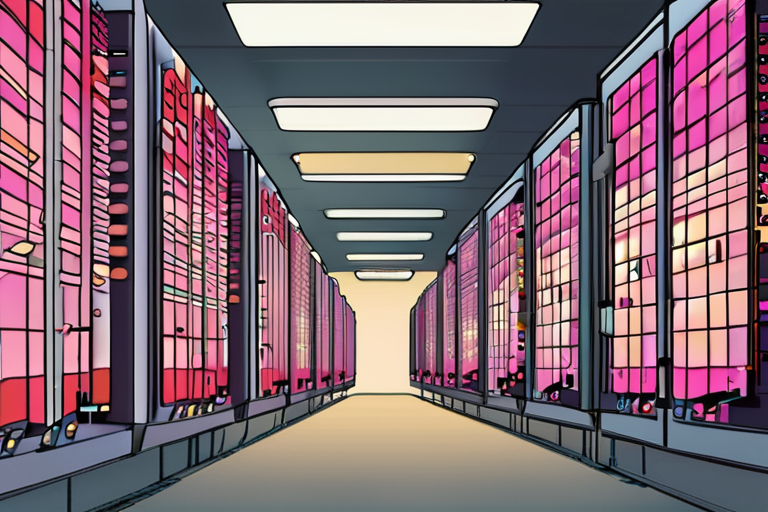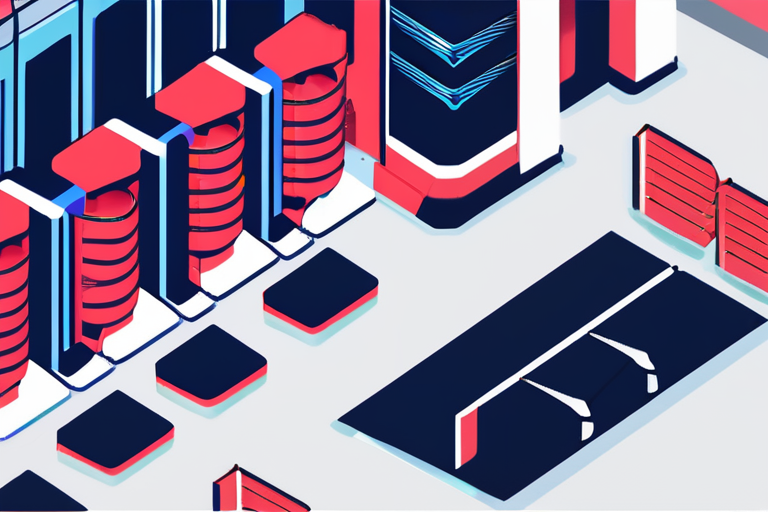Billions of AI Queries are Overloading the Grid: The Hidden Energy Cost Revealed


Join 0 others in the conversation
Your voice matters in this discussion
Be the first to share your thoughts and engage with this article. Your perspective matters!
Discover articles from our community

 Hoppi
Hoppi

 Hoppi
Hoppi

 Hoppi
Hoppi

 Hoppi
Hoppi

 Hoppi
Hoppi

 Hoppi
Hoppi

Sam Altman's AI Empire to Consume as Much Power as New York City and San Diego Combined In a move …

Hoppi

OpenAI's $400 Billion Bet: Why Six Giant Data Centers are Needed to Fuel AI Growth In a move that underscores …

Hoppi

OpenAI's $400 Billion Bet on AI Infrastructure: Why Six Giant Data Centers are Needed In a move that underscores the …

Hoppi

OpenAI, Oracle, and SoftBank Announce Plans for Five New US AI Data Center Sites On Tuesday, OpenAI, Oracle, and SoftBank …

Hoppi

OpenAI Announces Massive Data Center Expansion with Oracle and SoftBank In a significant move to support the growth of its …

Hoppi

OpenAI's $400 Billion Bet: Why Six Giant Data Centers are Needed to Power the AI Revolution In a move that …

Hoppi